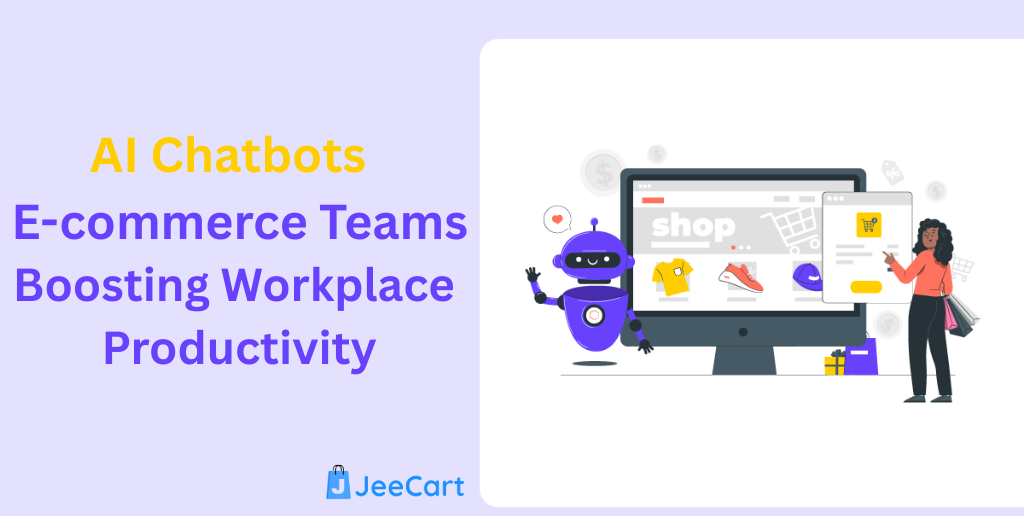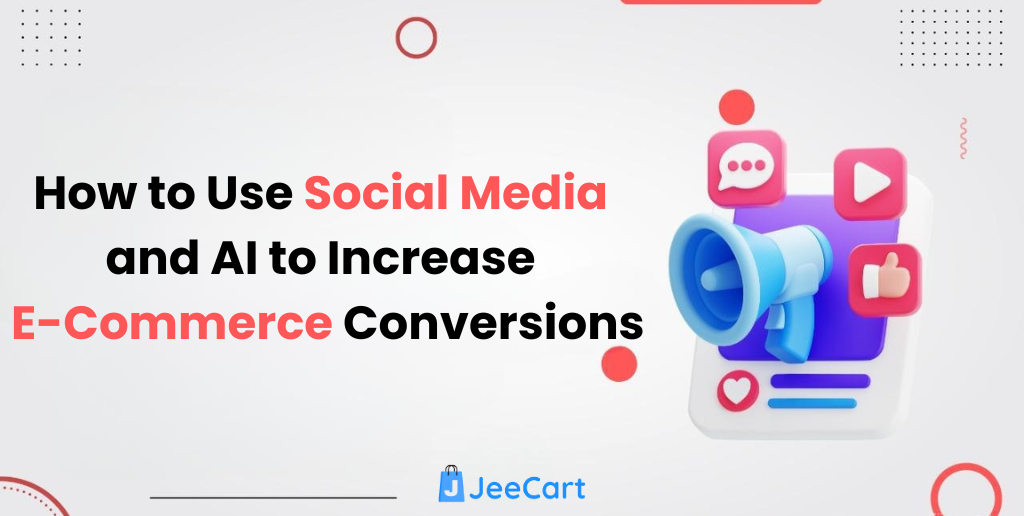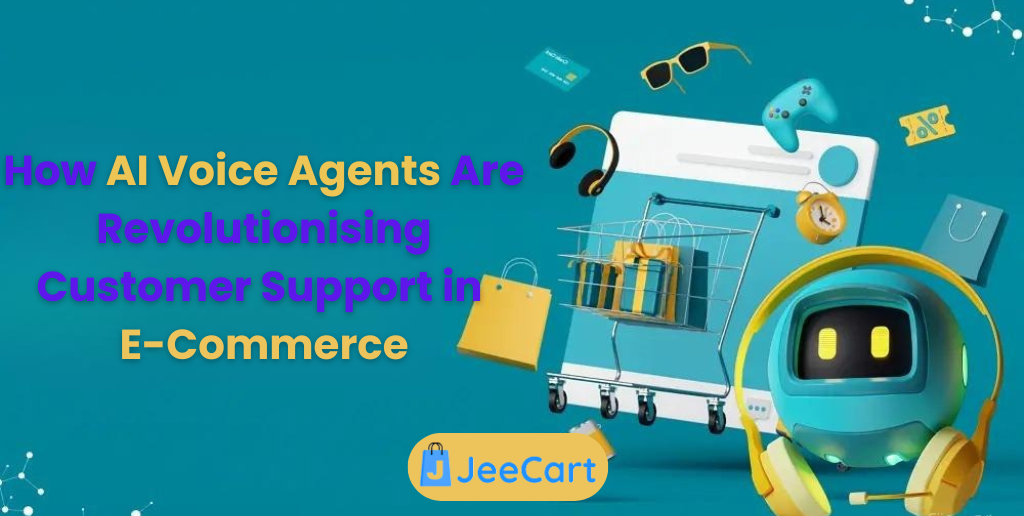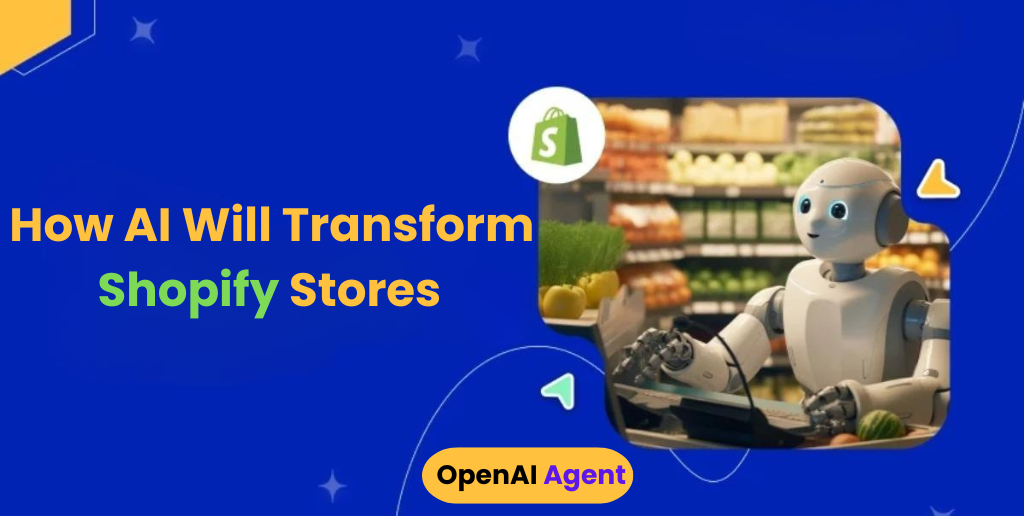
The e-commerce sector is growing quickly than ever. Nowadays, businesses are constantly expected to respond quickly, handle transactions easily, and provide great service.
However, for e-commerce teams who are trying to complete hundreds of daily tasks at the same time, that is easier said than done.
That is where AI chatbots come in. Originally, chatbots were simply question-and-answer tools. Today, they have grown into a completely different, more powerful role.
With modern AI chatbots, e-commerce businesses are able to not only serve their customers better but also make the internal teams more productive, organized, and efficient.
1. The Rise of AI Chatbots in E-commerce
Several years back, chatbots were very basic. They were limited to responding to basic, preset questions along the lines of “What are your store hours?” or “Where is my order?” Today’s AI chatbots are miles ahead.
Through natural language processing (NLP), machine learning, and advanced data analytics, these chatbots now understand customer intent, learn from the interaction, and provide instant responses to relevant questions.
In e-commerce, where speed and accuracy are everything, this makes a huge difference. Whether it be dealing with thousands of customers asking inquiries during a sale, or whether it’s team members handling various repetitive tasks, AI Chatbots have become, for the entire team, a reliable and trustworthy virtual assistant.
2. How AI Chatbots Help E-commerce Teams Work Smarter
a. Instant Customer Support, 24/7
Customer support is one of the most common applications of chatbots in the field of e-commerce. Customers expect quick responses, and a chatbot guarantees nobody will wait.
Instead of manually replying to journalistic messages, the chatbot is capable of answering frequently asked questions, such as “Where is my order?”, “Do you ship internationally?”, “What is your return policy?”
This allows support teams to cover complicated problems or manage escalations for agents. This process and automation can greatly improve customer satisfaction while saving several hours of work per week. With BotSpace, brands can implement WhatsApp or Instagram chatbots that automatically resolve up to 70% of common queries, while swiftly escalating complex issues to human agents with full context.
b. Streamlining Internal Operations
Artificial intelligence chatbots are designed for more than just providing customer service. Many e-commerce companies have begun to utilize internal chatbots as a way to assist employees in completing day-to-day job responsibilities.
For example, a chatbot can help confirm stock availability across multiple warehouses, or it can help create quick reports regarding sales trends. It may also send reminders regarding pending actions or a (planned) campaign to be executed.
This automation ensures that employees will spend less time looking for information and more time working on much more valuable decision-making, strategic planning, and work.
c. Smarter Inventory and Order Management
E-commerce teams commonly work across multiple platforms and AI chatbots can integrate with those applications to simplify inventory and order management, much like Unicommerce order and inventory management system streamlines operations across warehouses and sales channels – everything from a CRM to a warehouse management system. AI chatbots can integrate with those applications and make inventory and order management much easier.
Instead of going into multiple dashboards, team members can just ask the chatbot,
“How many units of Product X do I have left in stock?” or “Show me pending orders for today.”
In a matter of seconds, they can get real-time information. Fast, simple, and efficient.
d. Personalized Marketing Assistance
Marketing teams can utilize chatbots to analyze customer data and assist in creating personalized campaigns.
Imagine a chatbot saying: “Last month, customers bought shoes, and they are now looking at matching accessories.”
That’s actionable information for the marketing team to improve how they target campaigns. Furthermore, a chatbot can automate follow-up messages, reminders about abandoned carts, and promotions, and still sound like humans when they do it.
This can save the marketing team time and improve conversion rates.
3. Making Customer Experience Seamless
Productivity isn’t only about reducing internal time; you also want to improve the customer journey.
AI chatbots serve as personalized shopping assistants for customers. AI chatbots can recommend products based on browsing history. Help customers narrow down options and compare those options. Provide discount codes or special offers. Assist with checkout or payment questions.
All together, this kind of experience delivers an interactive experience that enables shopping to be faster, simpler, and more fun. Customers can receive support when needed, instead of searching through layers of menu options or waiting for a response to an email.
As a result, the customer experiences better satisfaction, retention, and repeat purchases.
4. Reducing Workload and Stress for Teams
Busy times, such as around holidays or launching a new product, are common for e-commerce teams. With hundreds of ecommerce whatsapp messages, keeping track of orders, and organizing returns, it can all become a lot.
AI chatbots can displace stress from busy seasons and are able to effectively communicate and manage data.
For example, a chatbot may send automated communication when an order ships or is delayed. A chatbot can gather customer feedback for product purchases. A chatbot integrated with HR software solutions could be used internally by HR teams to manage employee queries about schedules or payroll.
These processes make all the mundane tasks possible for chatbots so that your staff can turn their attention to creativity, planning, and elevated business growth for your organization, the true power of human intelligence.
5. Helping Teams Collaborate Better
AI-powered chatbots can also serve as team communication assistants, integrated with corporate messaging software. They can easily relay updates, assign tasks, or even summarize discussions from a recent meeting.
For example, if someone misses the morning team call, the chatbot can send a summary instantly.
“Today’s key updates: 1) Flash sale extended to Friday, 2) New supplier added for packaging, 3) Customer refund policy updated.”
This is the sort of automation that keeps everyone informed without having to repeat yourself to different individuals.
Wrapping It Up
AI chatbots are no longer just the latest technology trend; they have integrated into the current situation throughout all e-commerce businesses.
From assisting with daily work to facilitating communication and improving customer satisfaction, they bring an unprecedented level of efficiency into our workplace.
In the coming years, the collaboration between humans and AI chatbots will only deepen, and for e-commerce teams, it means exactly one thing: a more productive, connected, and future-proof workplace.







